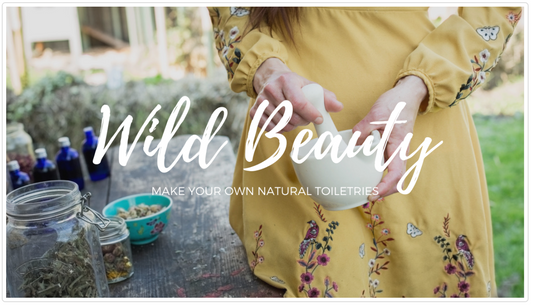
Toxic Toiletries
Hello
Would you knowingly put Boat Hull Anti Algae paint preservative on your body? How about peeing out a long used toiletries preservative that we all pee out? Would you like toxic chemicals stored in your endocrine system, or fatty tissues for at least seven to eleven years? How about patting asbestos on, to dry your damp bits?
I'll bet the answer to this is 'NO!'
Yet, we all do it (or in the asbestos case most of us had it done to us or our parents did in the seventies).
In fact, we put about 168 chemicals on our bodies everyday (about half that if you are a man). This figure amounts to about 2kg a year of body product. Yet, we rarely question what is in them and what long term harm they can do. Let's face it most of us will use products for at least fifty years. Thats some cumulative build up!
So this year you can confidently pass any weight gain off as; 'oh, that yes, that mostly body lotion and conditioner'.
We have been lathering Parabens, one of our oldest preservatives onto our bodies for at least 80 years and still do today, yet it appears in all testers urine in one US study. In their urine!? How did it get there?
Parabens are banned for use on small children in Scandinavian countries due to the fact they have been found to be hormone disrupters amongst other things.
Manufacturers are aware of our increasing awareness and concern so they have replaced Parabens, and slapped a 'Paraben Free' label onto lots of toiletries in an effort to white wash them. What they don't tell us though is that, they replaced them with a different preservative called M.I.T (more details on this in the Wild Beauty Course). M.I.T is now being removed after just a short while, by some of the biggest names in toiletries due to the discovery it is a neurotoxin. Mmmm, how nice do those skin nourishing products sound now?
So, what? I'm not eating it you may say. Well, most of what we put on our skin goes into our bodies, it acts trans-dermally. Meaning it crosses the skin barrier, into the blood stream to be carried around our bodies and deposited in various vital organs.
Mineral oil has been found in the breast milk samples of women in one piece of research too, in Sweden, while the WHO found dioxins in the fatty tissue of women, dioxins they found, had a half life of 7 - 11 years meaning they remain there for twice that long.
The good news is you can reduce the amount of toxins on your skin and in your body by learning to make your own.
What would be the one product that you could not live without, and which could you ditch if you had to?
Do you know you are surrounded by resources to make your own? Your garden, the wild beyond and even the kitchen cupboard all have offerings that combined can help you feel clean and nourished without the neurotoxin!



